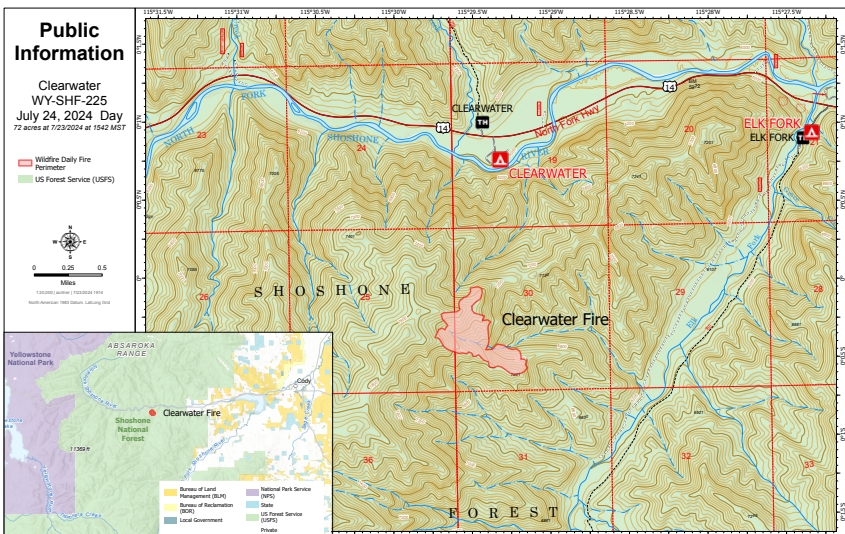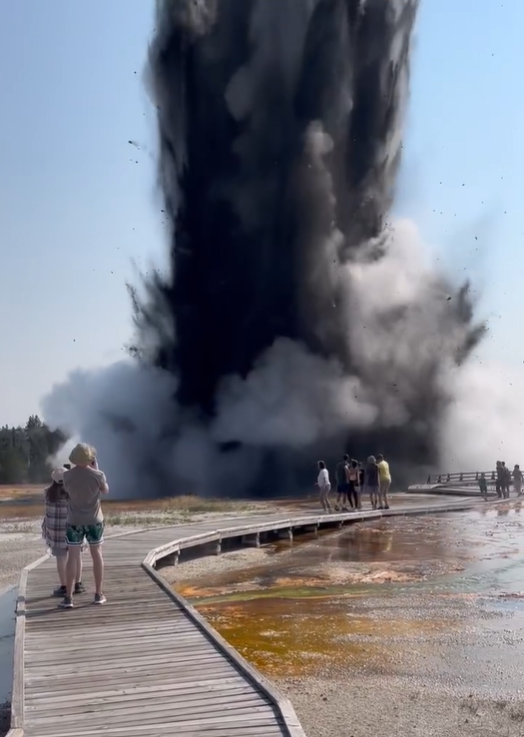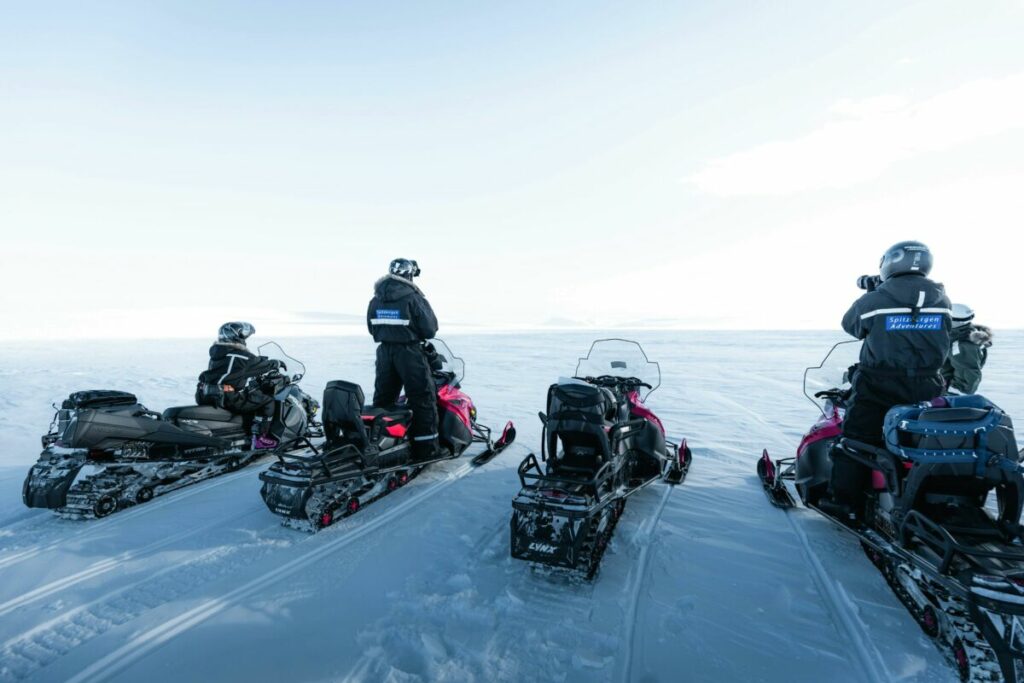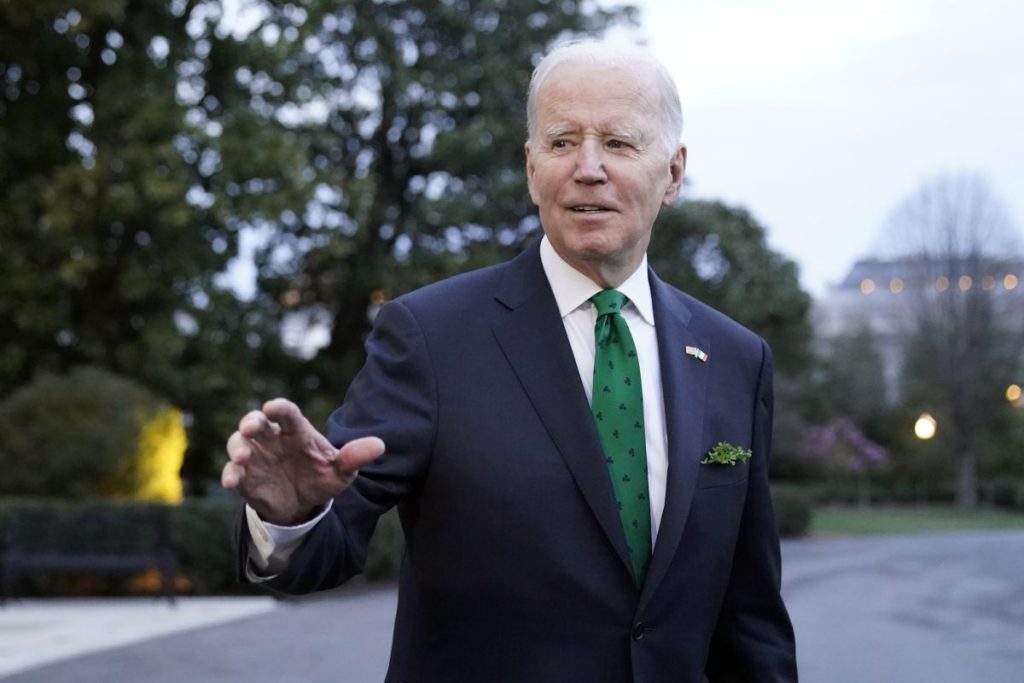No, Absaroka Isn’t a Real Wyoming County. But It Almost Became the 49th State.
Written by Nick on March 20, 2023
Absaroka County: The Place Longmire Calls Home
Absaroka County may be a fictional place, but the way it’s described and portrayed isn’t too far off from the realities of everyday life in northern Wyoming and southern Montana.
Although the county of Absaroka isn’t real, a state by the same name nearly joined the Union before Hawaii and Alaska. It’s a story that has been widely forgotten in the decades since, but this tale is a peculiar part of western history worth retelling.
What’s in a Name?
The name Absaroka comes from the Hidatsa name for the Crow people. It has also been applied to a sub-range of the Rocky Mountains in the Yellowstone region of northwest Wyoming and southwest Montana.
Each year, people venture into the pristine Absaroka-Beartooth Wilderness in the same region.
Absaroka is also the name of a geological sequence that covered parts of the Mississippian and Permian periods. The USS Absaroka was even a US Navy ship commissioned in September 1918.
But for our purposes, the proposed state of Absaroka would’ve had Sheridan, Wyoming as its capital.
Rewriting the Map
This was no small parcel of land.
As mapped out in a Sunday edition of the Sheridan Press in early March 1939, Absaroka would have stretched from Wyoming’s current border with Idaho all the way into western South Dakota, including all of eight present-day counties.
Absaroka would’ve included all of northern Wyoming, as far south as the Johnson-Natrona County line, as well as a portion of southeastern Montana to include Hardin, Lodge Grass, and Broadus.
Under the proposal, the Wyoming portion of Yellowstone National Park — which is to say nearly the entire park — and Grand Teton National Park would’ve fallen inside the new state of Absaroka.
Wyoming would’ve lost the communities of Jackson, Thermopolis, Gillette, Worland, Cody, Buffalo, and many others, not to mention the economically vital Powder River Basin.
No wonder they wanted Cody. It was just named the best small western town.
The newspaper also printed this caption with the map of the proposed state:
‘Absaroka’ the 49th State in the Union, was again proposed here Saturday as the outgrowth of a chide at the apparent lack of republican patronage committee appointments in this area. A. R. Swickard, city street and water commissioner, started it off with a petition for Sheridan county to join Montana, but since then has developed into the formation of the new state embracing the areas designated in the map below.
It’s clear that this gargantuan task to create a new state started out as a smaller movement to have Sheridan County leave the Cowboy State for Montana. But what prompted Swickard and the other proponents to pursue such a significant undertaking?
“It’s the Economy, Stupid!”
Nearly six decades before James Carville coined the slogan, President Franklin Roosevelt signed the New Deal into law in 1933. It was a colossal step geared toward improving the nation’s economy in the wake of the Great Depression.
While it was popular in southern Wyoming, residents of what would’ve been Absaroka — rural areas in northern Wyoming, southern Montana, and western South Dakota — felt they were getting the short end of the stick.
Generally, these folks believed that their state legislatures were prioritizing more urban areas of each state for New Deal benefits, while their rural communities were being left behind.
In northern Wyoming, many felt that the Democrat-led government in Cheyenne was disregarding their needs, focusing instead on building the Union Pacific Railroad.
A secession movement began in 1935, and A.R. Swickard filed the petition for Sheridan County to leave the state and become part of Montana. But soon, the effort pivoted to its new goal of forming Absaroka and gaining admission as the 49th state.
Changing Their Tune
After the 1938 elections, Republicans gained control of Wyoming’s state government. Swickard, Absaroka’s self-appointed governor, continued to criticize the state legislature and held a series of grievance hearings.
These hearings received increased media coverage of the movement. Ultimately, the three state governments worked to better spread revenues out among rural communities. Because of this change, the secession movement was out of steam by the conclusion of 1939.
Some historians believe the movement was never truly serious, and its proponents were just trying to make a point. If that’s the case, it seems as though they succeeded.
It should be noted that among the parties averse to the idea of Absaroka as the 49th state was the Hawaii territory, which was already slated for admission as the 49th state.
“Hawaii is entitled by prior claim to be the 49th state. Let Absaroka be the 50th but Hawaii has claim to the 49th,” Congressional Representative Samuel W. King said during a session of Congress.




